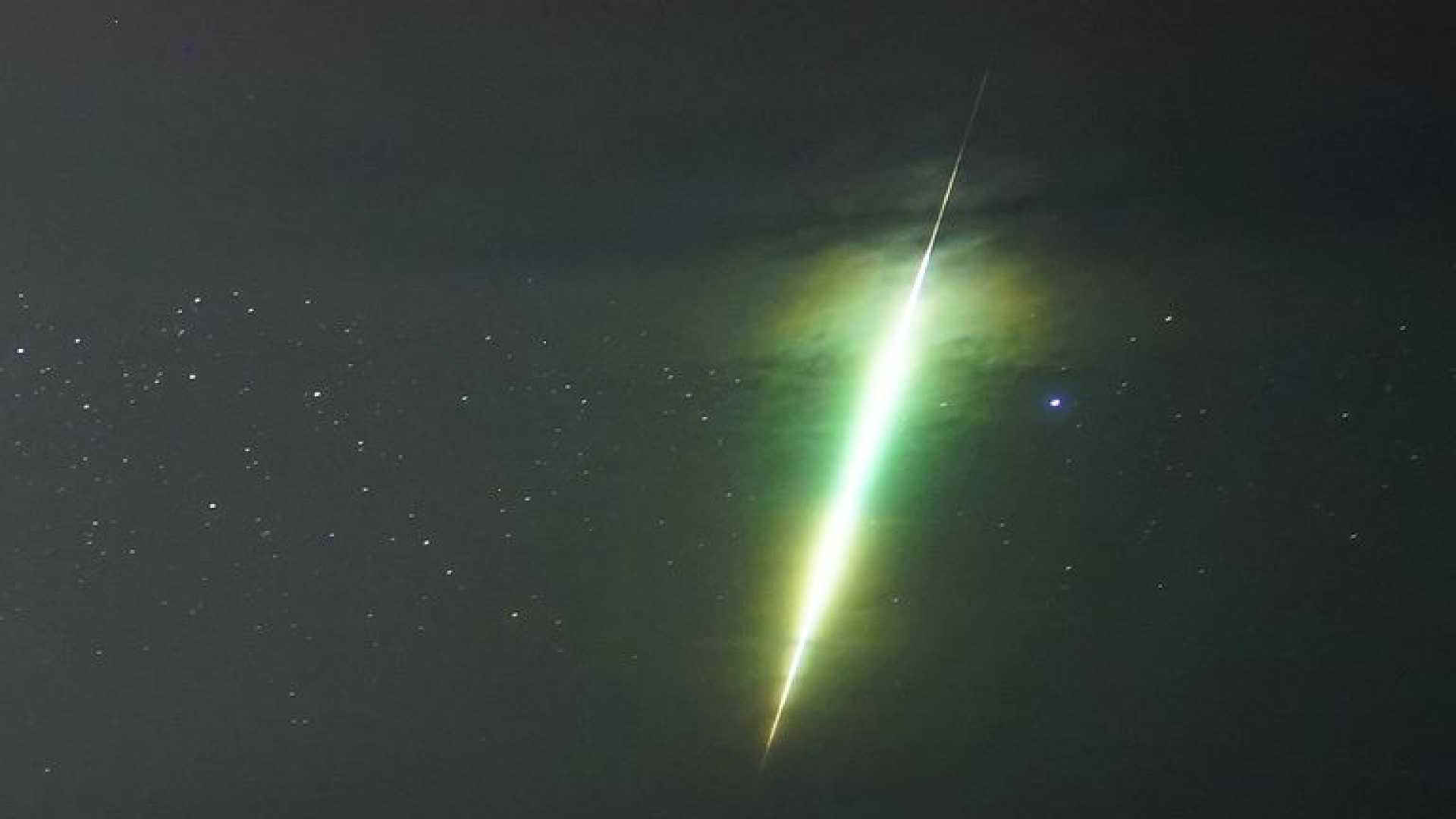News
Draconid Meteor Shower Lights Up the Sky

The Draconid meteor shower, noted for its unpredictability, is set to peak tonight, offering skywatchers a view of “shooting stars” that could intensify into a significant astronomical display. This meteor shower originates from the Draco constellation, with ideal viewing conditions anticipated in Boston and across the U.S., thanks to clear skies and minimal moonlight interference.
Named after its radiant point, the constellation Draco, the Draconids are typically visible in the northern sky after dark. Unlike many meteor showers that require early morning viewing, the Draconids can be observed in the evening when darkness falls, thanks to their high radiant point. This feature provides convenient viewing opportunities for spectators who can venture to locations with limited artificial light interference.
In Massachusetts, meteorologist Terry Eliasen from the WBZ-TV Weather Team highlights that the weather conditions are favorable, with a clear sky and a setting crescent moon, minimizing natural light pollution. An unobstructed view is recommended, possibly yielding one meteor every five minutes.
Anna Gammon-Ross, a senior planetarium astronomer, advises observers to dress appropriately for the cold and maximizes viewing by finding the darkest skies possible. Photography enthusiasts are encouraged to use techniques suitable for low-light conditions, like wide-angle lenses and high ISO settings, according to Darren Baskill of the University of Sussex in the U.K.
Historically, the Draconids have sporadically delivered impressive displays, as in 1933 and 2018, when meteor shower storms put on extraordinary celestial shows. Though no similar outburst is forecasted this year, the potential remains, with rates previously seen in bursts every few years.
For those across other Southeastern states, California, and the Midwest, favorable weather conditions are also expected, increasing the chances of catching this natural wonder tonight. The shower is generated by Earth passing through debris from comet 21P/Giacobini-Zinner, which incinerates in our atmosphere.
Tom Howarth, a reporter from Newsweek, states that many can view these meteors with the naked eye without needing any special equipment, offering a perfect opportunity for those interested in celestial events to enjoy a spontaneous sky-watching adventure.












